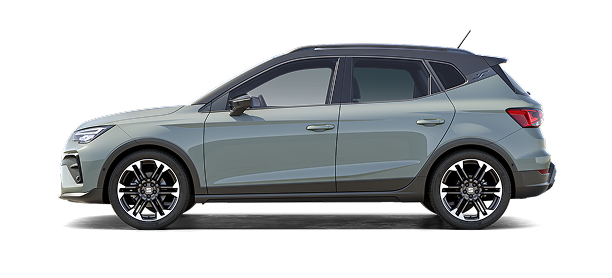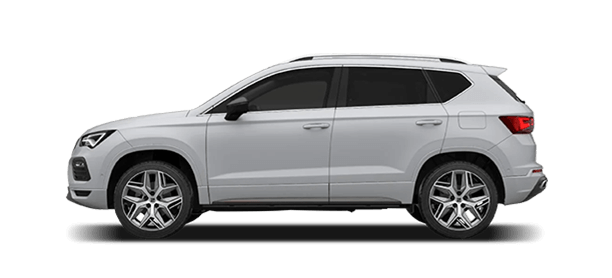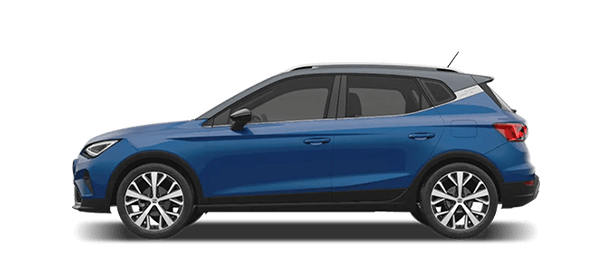- On the 50th anniversary of the SEAT 127, the iconic model is driven for the first time alongside its more technologically advanced descendant, the SEAT Ibiza
- The 127 was the brand’s best-seller until the arrival of the Ibiza, which continues to grow in popularity after five generations and more than 6 million units sold
- Two benchmark models in their day in terms of technology, design and safety
A car arrived on the market in 1972 that signalled a turning point in the world of mobility. It was the SEAT 127. With more than 1.3 million units sold, it became the brand’s all-time best-seller until the arrival of the SEAT Ibiza, which, after five generations, still holds the title with more than 6 million units sold. Today, a half century after the launch of the 127, these two vehicles, benchmarks in their respective eras in terms of technology, design and safety, hit the road together for the first time.
At the cutting edge of design. The two couldn’t be more different- contrasting sizes, straight lines versus rounded shapes, 13 versus 18-inch wheels. It’s hard to imagine that the Ibiza is a descendant of the 127, but this was the first expression of a B-segment car, which facilitated another way of using vehicles - for utility purposes. Targeting a young demographic, “the 127 was available in five colours and for the first time incorporated a rear hatch to increase load capacity” points out Isidre López, head of SEAT Historic Car Collection. With its five doors and nine colours, the Ibiza “continues to be the go-to car for the younger generations” comments Uwe Alsleben, SEAT R&D engineer.
Two small cars with big interiors. Despite its small proportions, the passenger compartment of the 127 was really spacious. “Thanks to its good use of space and the bodywork, 80% of the car was occupant friendly” explains Isidre. The Ibiza, on the other hand, “has succeeded in maintaining spaciousness as a feature while incorporating a key element today - infotainment” says Uwe. How? With a floating screen of up to 9.2 inches, 20% larger than in the fourth generation, and a 26-centimetre Digital Cockpit.
Connected to the environment. In 1972, the only way to interact with your surroundings was through the windows. “In the 127, this connection was emphasised by a broad rectangular windscreen, which enhanced visibility and brightened up the interior” says Isidre. It goes much further in the Ibiza, making it a 100% connected car. “The Full Link system enables you to link your smartphones to the car, while SEAT Connect gives it constant access to the Internet and encompasses all interaction inside and outside the vehicle” says Uwe.
A leap in safety. “The 127 was the first SEAT car fitted with three-point seat belts and the first with front-wheel drive, which made it safe and easy to drive” explains Isidre. However, although it was one of the safest cars of its time, it cannot compare with the advanced safety systems of the fifth generation Ibiza. In the nineties, the car was the first to embrace frontal airbags, and now “the driving assistants not only protect the car’s occupants and pedestrians, but also make driving much more comfortable” says Uwe. These include Lane Assist, Tiredness Recognition, Adaptive Cruise Control (ACC) and Traffic Sign Recognition.
Lighting the way. One of the 127’s major lighting innovations was its rectangular headlamps, a change to the round front lighting units of previous models. “This made for greater luminous efficacy and a more modern look” emphasises Isidre. Light years ahead, “the Ibiza has Full LED technology, with distinctive triangular white light headlights as well as ambient lighting in the interior” says Uwe. “Fifty years ago, the SEAT 127 began to light the path that today belongs to the Ibiza” says Isidre. Both vehicles have have successfully adapted to the needs of their times, with advanced features for their segment.
















